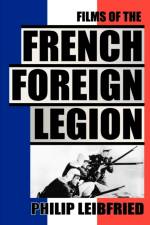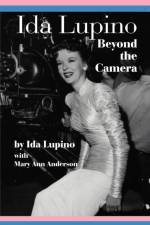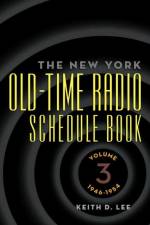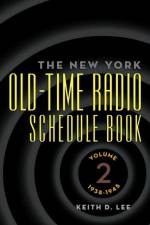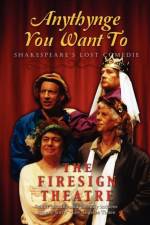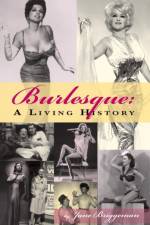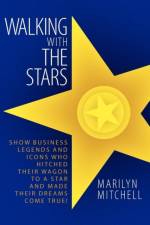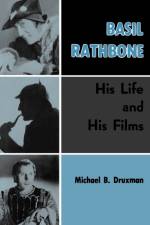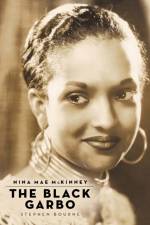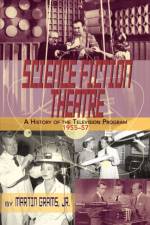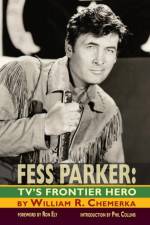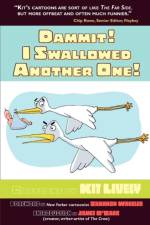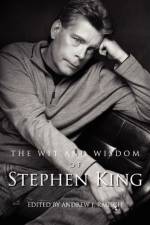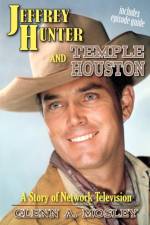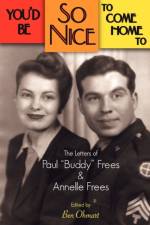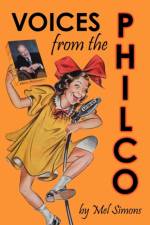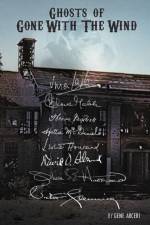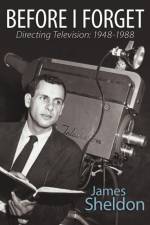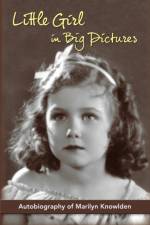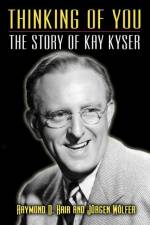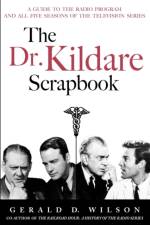- 1948-1988
av James Sheldon
287
James Sheldon directed many of the radio and televisions shows that shaped the American consciousness.He directed the original radio version of We, The People when it became the first commercial CBS network program to telecast nationally on June 1, 1948. Since then, he experienced technological changes from live to electronic tape to film, from black and white to color, and from a few hundred thousand to multi-millions of television sets that in use today.His early live credits include dramatic series, such as Robert Montgomery Presents and Studio One; comedies, such as Mister Peepers; musicals, such as Don Ameche's Holiday Hotel. He was also part of the move from New York to Los Angeles as television production shifted west in the mid-1950s, directing The Johnny Carson Show, West Point Story, Harbor Command, and Dick Powell's Zane Grey Theater.In the 1960s, he directed episodes of 87th Precinct, Naked City, Route 66, The Millionaire, My Three Sons, The Twilight Zone, Walt Disney's Wonderful World of Color, and Gunsmoke.In the 1970s, he directed episodes of M*A*S*H, The Virginian, Sanford & Son, Rock Hudson's McMillan & Wife, and Raymond Burr's Ironsides. In the 1980s, he directed episodes of Seven Brides for Seven Brothers, Cagney & Lacey, and The Equalizer.He helped many actors begin their careers, including James Dean, Paul Newman, Dustin Hoffman, Gene Hackman, Carroll O'Connor, Clint Eastwood, Burt Reynolds, Lee Remick, Tony Randall, and Tyne Daly.This is his story.

